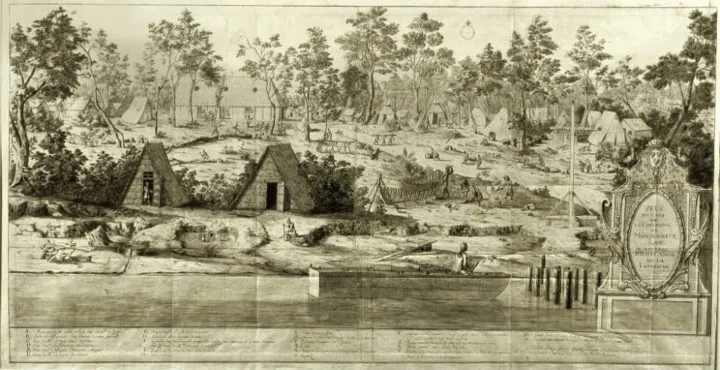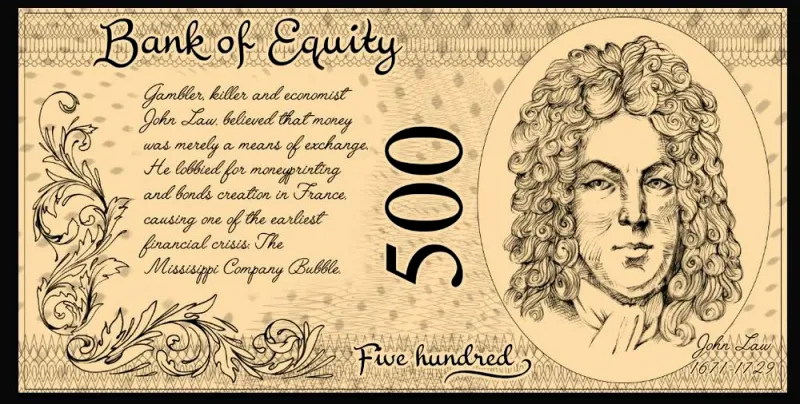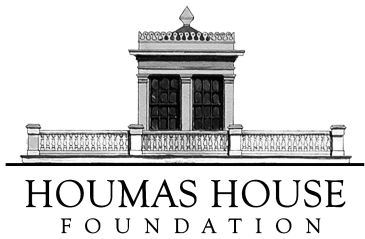 |
“La Cote des Allemands” or “The German Coast” St. John the Baptist Parish was the second permanent settlement in Louisiana and established in the early 1720’s by a group of Germans, hence becoming known as “La Cote des Allemands” or “The German Coast”. Led by Karl Frederic D’Arensbourg, a settlement was created on the west bank of the Mississippi River in the area now known as Lucy which was originally named Karistein. Some families also began farming land on the east bank, in what is now Garyville and Reserve. D’Arensbourg’s grandson, Jacques Villere , was born at Lucy and became the second governor of the state of Louisiana. He was the first Creole (Louisiana born) person of pure European descent to hold that office. The area remained under the French regime until 1768, when France delivered Louisiana to the Spanish. At this time the Acadians or “Cajuns” began arriving in South Louisiana after being exiled from Nova Scotia. The first Acadian settlement was established at what is now called Wallace. The French and German cultures mixed, with French becoming the dominant language. German names were given French translations. Heidel became Haydel, Ruber became Oubre, Treagor – Tregre and so on… |
|
JOHN LAW THE MISSISSIPPI BUBBLE THE GERMAN COAST John Law set up a company to manage the French colonies in North America. Known as the Mississippi Company. It became a hugely popular investment, promising future incomes of precious metals from a world very few had ever seen. The stock prices rose from 500 livres tournois in January 1719 to 10,000 livres tournois by December the same year. Everybody wanted a piece of the action! And the term millionaire is said to have been coined by investors at that very time. But all was not well in the American colonies. Expecting to get rich, settlers instead found themselves in a damp marshland with alligator’s, mosquitoes and deadly deceases. To keep demand for stocks growing, and to fund the operations of the company, John Law’s bank continued to print large sums of paper money. The money was tied up to the silver and gold held by the bank. Once investors started to withdraw their funds, exchanging their paper for gold, there was an issue. There was more paper money in the economy, than its value of metal in the bank! John Law made a deal with 1600 Germans to settle Louisiana. He convinced them to sign up and move to Louisiana by circulating thousands of pamphlets. Soon enough thousands of Germans signed up for Law’s scheme, and the voyage to Louisiana. Only a few hundred survived, but the ones who made it settled along the Mississippi River in 1721 in present day St. Charles Parish. When John Law’s Company of the Indies folded in 1731, the Germans were released from their obligations and became independent land owners. The Germans were an important source of produce for the small town of New Orleans, founded in 1718, just a few years before their arrival. As the population grew, they spread upriver into present day St. John the Baptist Parish. They were hard-working excellent farmers whose area quickly became known as the German Coast. They built three villages, Hoffen, Marienthal, and Augsburg, which were modeled upon European towns in which houses were stretched out along the only road running through the village. Germans readily married into French families, adopted the French language, and even accepted Gallicized versions of their names. Crops planted that first year were tobacco, corn, rice, beans, peas and other vegetables. By 1724, Germans located along the coast were already diverting their surplus agricultural products to the New Orleans markets, becoming the only dependable source of fresh foodstuffs and earning the reputation of being the Colony’s breadbasket. By the end of the French era, the German settlement was supplying, especially to the Capital, large amounts of meat, grain, vegetables, and other products. |
  |
